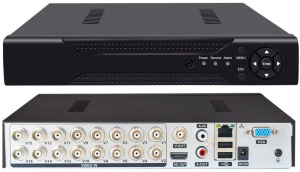目录
ToggleTypes of wireless HD security camera
There are various approaches you can use to learn about the different types of security cameras.
- By Location
Approach by location, different types of wireless and HD security cameras depending on where you want to monitor.
The indoor cameras if you live in an apartment, are more likely to be plug-in.
The outdoor cameras are for those with front and back yards.
Video front doorbells enable people to see and speak to their guests remotely through a mobile application
- By Power
Power is an essential approach before purchasing wireless and HD security cameras
Wired Cameras- are either wired or plugged into your house so they don’t require battery replacements.
Wireless Cameras- these need a replaceable or rechargeable battery or solar panel for power.
- By Connectivity
Since not everyone uses the Internet, you can find a security camera that’ll work whether you have Wi-Fi or not.
Digital or IP Cameras: These are remotely controlled Wi-Fi cameras. They use a corresponding app to Livestream footage and receive motion or person-activated notifications.
Analog cameras- they record directly onto either a micro-SD card or hard drive which you have to download the local storage onto a device like a computer.- Mode of Recording
There are three ways in which a camera records footage.
Digital Video Recorders (DVR) or analog cameras that connect to a hard drive via a coaxial cable.
Network Video Recorders (NVR) are Wi-Fi-connected and also known as IP cameras.
Cloud Recording via a cloud server operated by the camera manufacturer or your cloud storage e.g. Google Drive, OneDrive, etc
- Mode of Recording
Features to look for in wireless HD security camera
After learning the types of wireless HD security cameras, check some of the below-discussed features to secure the best for your usage.
Connectivity: confirm if the camera requires Wi-Fi and the type of network it will use (a 2.4 Ghz or 5 Ghz)
Power; confirm if the camera is wireless and the battery life (rechargeable, replaceable, or solar) or if it is a plug-in.
Durability; for outdoor cameras, it’s important to take into account their temperature range as well as IP rating which tells about resistance to solids and liquids in a two-digit number.
Video quality; most smart security cameras have 1080p HD resolution and some more advanced cameras have 2K or even 4K resolution.
Field of view; the width of the camera’s footage in degrees; usually 120 degrees to 180 degrees and some cameras pan all the way around.
Night vision; Night vision comes in either infrared via LED sensors, which produces black and white footage, or color from a bright white spotlight. For great night vision, get an infrared camera.